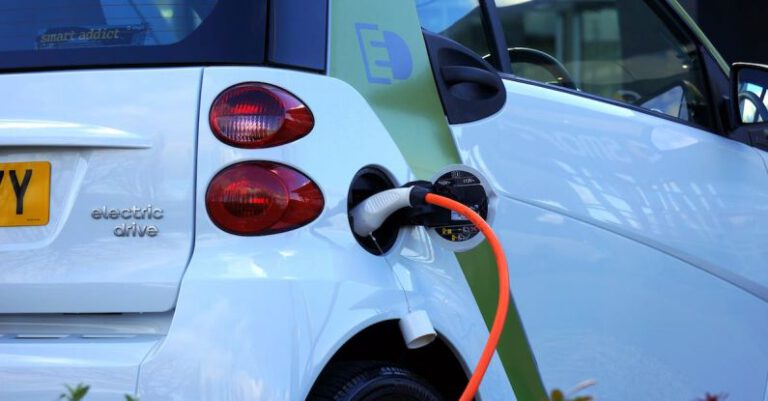What Is the Future of Autonomous Vehicles?
The future of transportation is undoubtedly heading towards autonomous vehicles. With advancements in technology, it is only a matter of time before self-driving cars become a common sight on our roads. While there are still some challenges to overcome, the potential benefits of autonomous vehicles are too significant to ignore. In this article, we will explore the current state of autonomous vehicles and speculate on what the future may hold.
The Current State of Autonomous Vehicles
Autonomous vehicles have come a long way in recent years. Companies like Tesla, Google, and Uber have been leading the charge in developing self-driving technology. Tesla’s autopilot feature allows drivers to let the car take over on highways, while Google’s Waymo has been testing fully autonomous vehicles on public roads. Uber, too, has been experimenting with self-driving taxis in select cities.
However, despite these advancements, there are still limitations to the technology. Autonomous vehicles rely heavily on sensors and cameras to navigate the world around them. While these sensors have improved, they are not foolproof and can still struggle in certain conditions, such as heavy rain or snow. Additionally, there are legal and regulatory hurdles that need to be addressed before autonomous vehicles can be widely adopted.
The Benefits of Autonomous Vehicles
Despite the challenges, the potential benefits of autonomous vehicles are immense. One of the most significant advantages is increased safety on the roads. According to the World Health Organization, over 1.35 million people die each year in car accidents. Many of these accidents are caused by human error. Autonomous vehicles have the potential to eliminate human error and significantly reduce the number of accidents on our roads.
In addition to safety, autonomous vehicles could also have a positive impact on the environment. Self-driving cars can be programmed to drive more efficiently, reducing fuel consumption and emissions. They can also help alleviate traffic congestion by optimizing routes and communicating with other vehicles on the road.
The Future of Autonomous Vehicles
So, what does the future hold for autonomous vehicles? While it is difficult to predict with certainty, there are several exciting possibilities.
1. Shared Autonomous Vehicles: With the rise of ride-hailing services like Uber and Lyft, it is likely that autonomous vehicles will be used for shared transportation. Instead of owning a car, individuals may be able to summon a self-driving vehicle whenever they need to travel, reducing the number of cars on the road and decreasing the demand for parking spaces.
2. Integration with Smart Cities: Autonomous vehicles can be seamlessly integrated into smart cities, where traffic signals, parking spaces, and infrastructure are all connected. This integration could improve traffic flow, reduce congestion, and make transportation more efficient.
3. Enhanced Connectivity: As autonomous vehicles become more prevalent, they will also become more connected. This connectivity will enable vehicles to communicate with each other and with smart infrastructure, allowing for real-time traffic updates, optimized routes, and safer driving conditions.
4. Delivery and Logistics: Autonomous vehicles have the potential to revolutionize the delivery and logistics industry. Self-driving trucks and drones could be used to transport goods more efficiently and cost-effectively. This could have a significant impact on industries like e-commerce and reduce the need for human drivers.
Conclusion
In conclusion, the future of autonomous vehicles is promising. While there are still challenges to overcome, the potential benefits of self-driving technology are too significant to ignore. With advancements in sensors, connectivity, and artificial intelligence, we are inching closer to a world where autonomous vehicles are a common sight on our roads. From increased safety to enhanced connectivity, the possibilities are endless. The future of transportation is autonomous, and it is an exciting time to be a part of this transformative shift.






